Top 7 inbound sales strategies to elevate your revenue in 2025
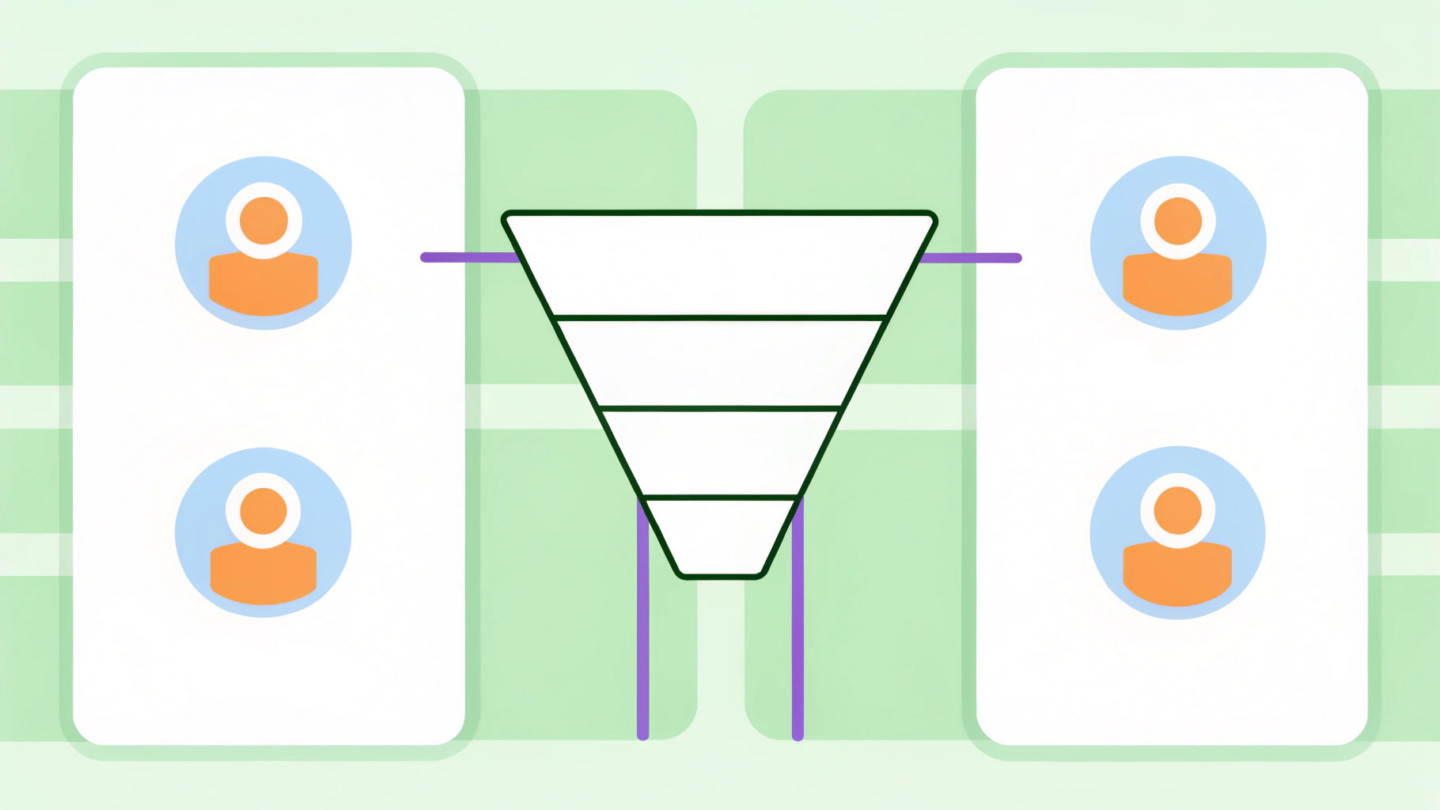
Overview
This article highlights seven inbound sales strategies designed to boost revenue in 2025. By enhancing customer engagement and aligning sales and marketing efforts, these strategies can truly make a difference. We understand the struggles small business owners face daily, and that’s why it’s crucial to grasp the concept of buyer personas. It’s about knowing your audience and leveraging content marketing effectively.
Nurturing leads is another vital aspect. It’s not just about generating interest; it’s about building relationships that last. Measuring success through key performance indicators is equally important, as it helps you see what’s working and what needs adjustment. These elements contribute to improved conversion rates and sustainable growth, ensuring that your efforts yield real results.
Ultimately, the goal is to create a supportive environment where you feel empowered to take the next steps. You’re not alone in this journey, and with the right strategies in place, you can navigate the challenges ahead with confidence.
Introduction
In the ever-changing world of sales, many marketing and sales teams face the daunting challenge of connecting with potential customers in a meaningful way. And there’s no doubt that navigating the complexities of the buyer’s journey can feel overwhelming. But there’s hope! By focusing on valuable content and personalized experiences, you can meet your audience’s specific needs and foster genuine connections.
As you pivot away from traditional outbound methods, consider the power of aligning your sales and marketing teams. This collaboration is essential for crafting cohesive customer experiences that truly drive engagement and conversion. You’re not alone in this; many businesses are discovering that a unified approach can make all the difference.
With the growing reliance on data-driven insights, creating detailed buyer personas and strategically using content marketing are crucial steps for attracting and nurturing leads. However, challenges like lead quality and effective communication still exist. The good news? Innovative solutions and continuous adaptation can help you overcome these hurdles.
As we look toward 2025, embracing inbound sales strategies will be key to achieving sustainable growth and success in a competitive marketplace. Remember, you have the tools to navigate these challenges — let’s take the next step together!
Understanding inbound sales strategies
Inbound marketing strategies are designed to enhance inbound sales by attracting prospective clients through valuable content and tailored experiences. This approach stands apart from traditional outbound methods that often require direct contact with leads. It’s essential to understand the buyer’s journey, which allows businesses to identify and meet the specific needs of their audience. By utilizing data-driven insights, organizations can customize their processes to align closely with customer expectations. This not only improves the overall experience but also leads to higher conversion rates and greater customer satisfaction.
We understand that many B2B firms are actively seeking ways to connect with potential clients — 81% are engaged in some form of prospecting. This statistic underscores the importance of proactive outreach in maintaining a healthy revenue pipeline. Furthermore, 94% of companies have reported enhanced revenue productivity after implementing a CRM system, illustrating the effectiveness of inbound sales strategies compared to outbound techniques. As we look ahead to 2025, marketers are increasingly investing in visual formats, recognizing their power to engage audiences more effectively. This shift reinforces the benefits of adopting inbound sales strategies that resonate with today’s consumers.
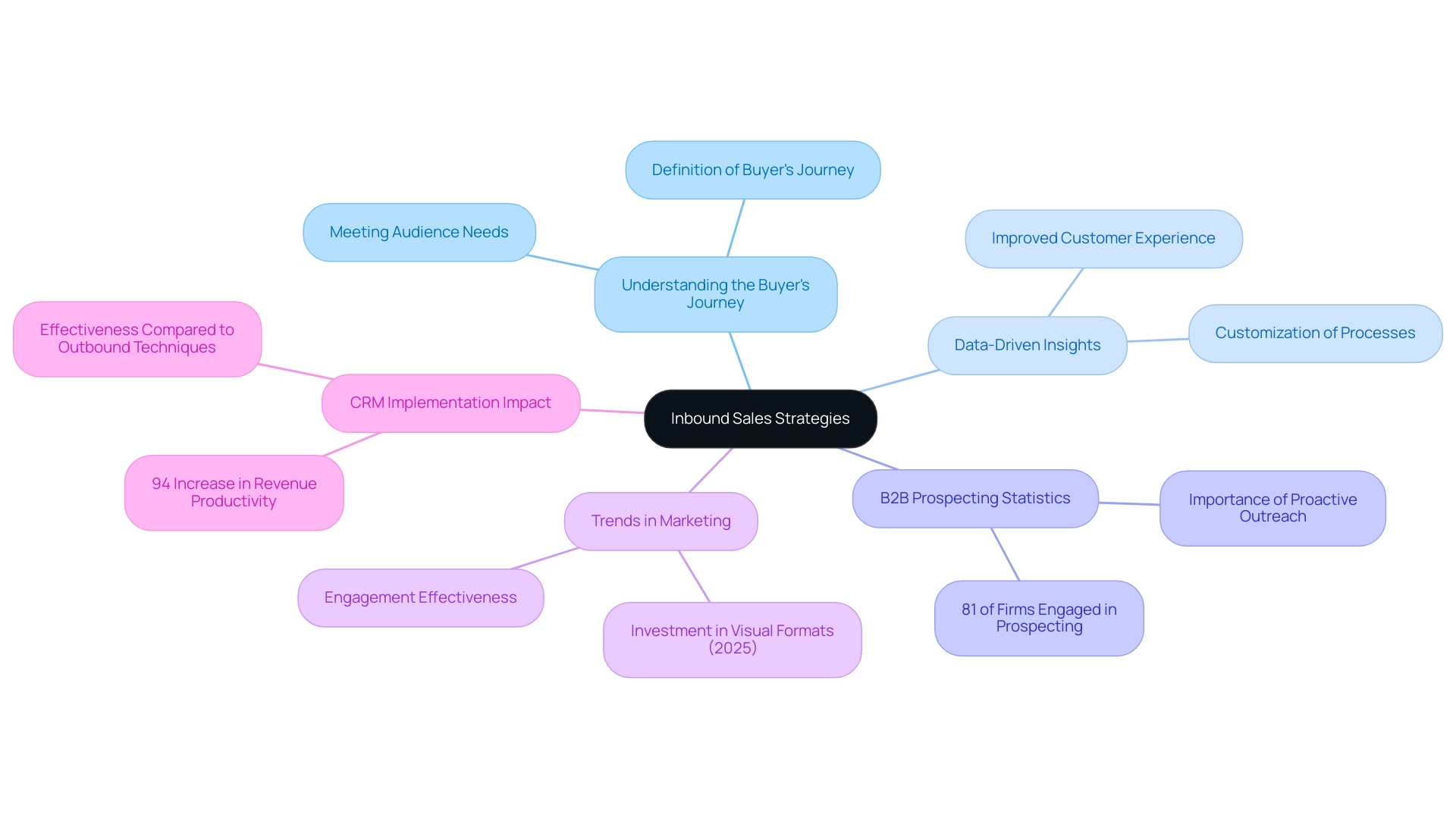
Aligning sales and marketing for success
In 2025, aligning sales and marketing is crucial for improving the effectiveness of inbound strategies. When these two teams collaborate towards common goals, they create a seamless experience that boosts overall engagement. This partnership involves crafting joint strategies for prospect generation and sharing insights on customer behavior, which are essential for fine-tuning messaging and marketing materials to meet the sales team’s needs.
Consistent communication fosters a culture of collaboration, leading to higher quality prospects and improved conversion rates. It’s important to note that 59% of marketing professionals believe inbound sales generate high-quality leads, a stark contrast to the 16% who feel the same about outbound methods. Additionally, with 81% of sales teams investing in AI, technology is increasingly facilitating this vital alignment.
Effective collaboration not only propels revenue growth but also highlights the financial advantages of retaining existing clients. After all, keeping current customers is 6 to 7 times less expensive than acquiring new ones. By positioning organizations to better address their clients’ needs in a competitive landscape, this alignment is essential for achieving sustainable success.
Lead quality: Inbound vs Outbound
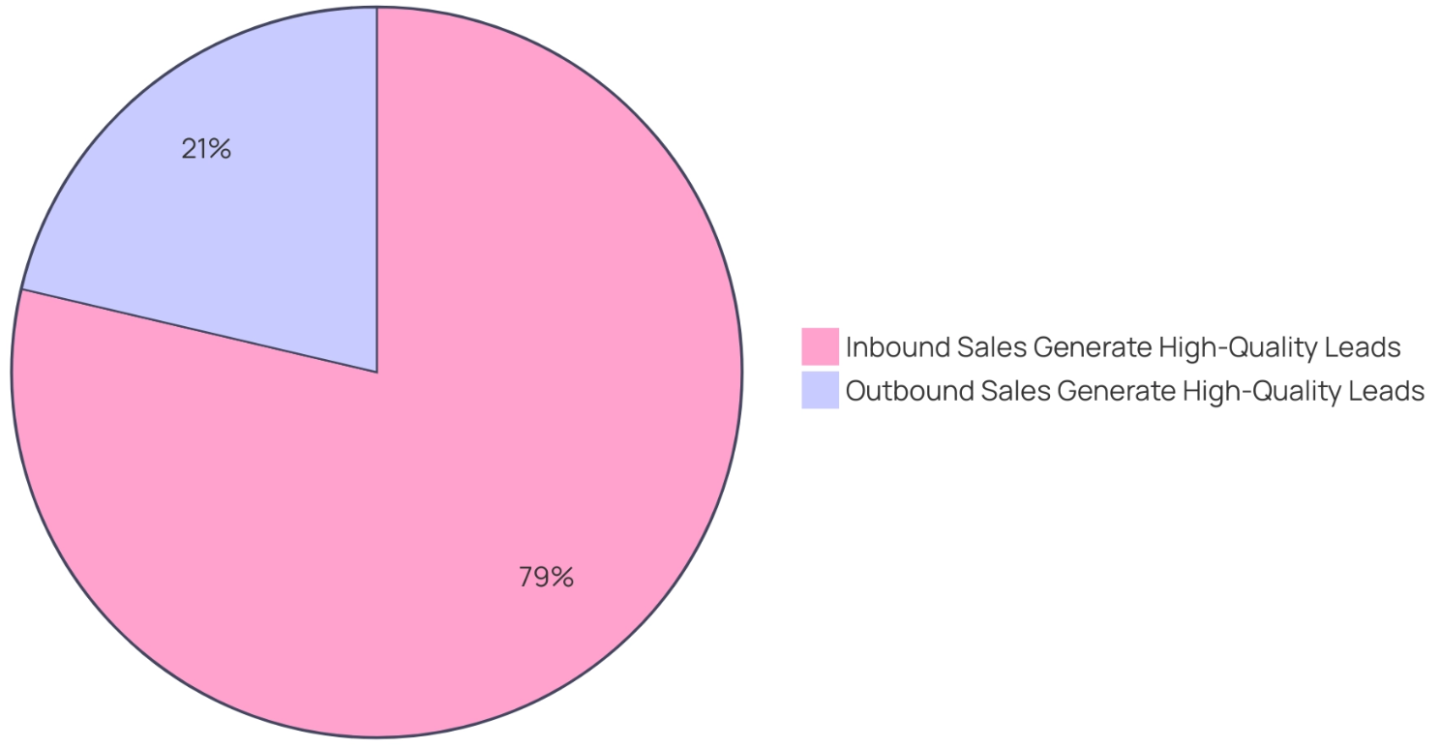
Creating effective Buyer Personas
Effective buyer personas are more than just profiles; they are semi-fictional representations of your ideal clients, crafted from solid data and insights. Developing these personas requires businesses to dive into thorough research, including customer interviews and comprehensive market analysis. This approach leads to a deeper understanding of demographics, pain points, and motivations, allowing teams to tailor their outreach and connect with prospects in a more meaningful way.
We understand that today’s prospects are conducting more research yet often making less informed decisions. As Anton Rius, Sr. Director of Content Marketing, points out, ‘Your prospects are doing more research but making worse decisions.’ This highlights the importance of truly grasping buyer personas. In fact, with 56% of sales experts now leveraging social media to discover new leads, understanding these personas is essential for modern inbound sales strategies. By aligning their strategies with the unique needs and preferences of these personas, businesses can significantly enhance their conversion rates and cultivate lasting client relationships.
Take, for instance, Skytap’s content marketing campaign, which saw a remarkable 210% increase in website traffic and a 97% boost in prospects generated after implementing buyer personas. Looking ahead to 2025, utilizing buyer personas isn’t just a good idea; it’s crucial for navigating the complexities of buyer behavior and driving sustainable revenue growth.
You’re not alone in this journey; many businesses are finding success by embracing this approach. Now is the time to take that next step and explore how buyer personas can transform your outreach efforts.
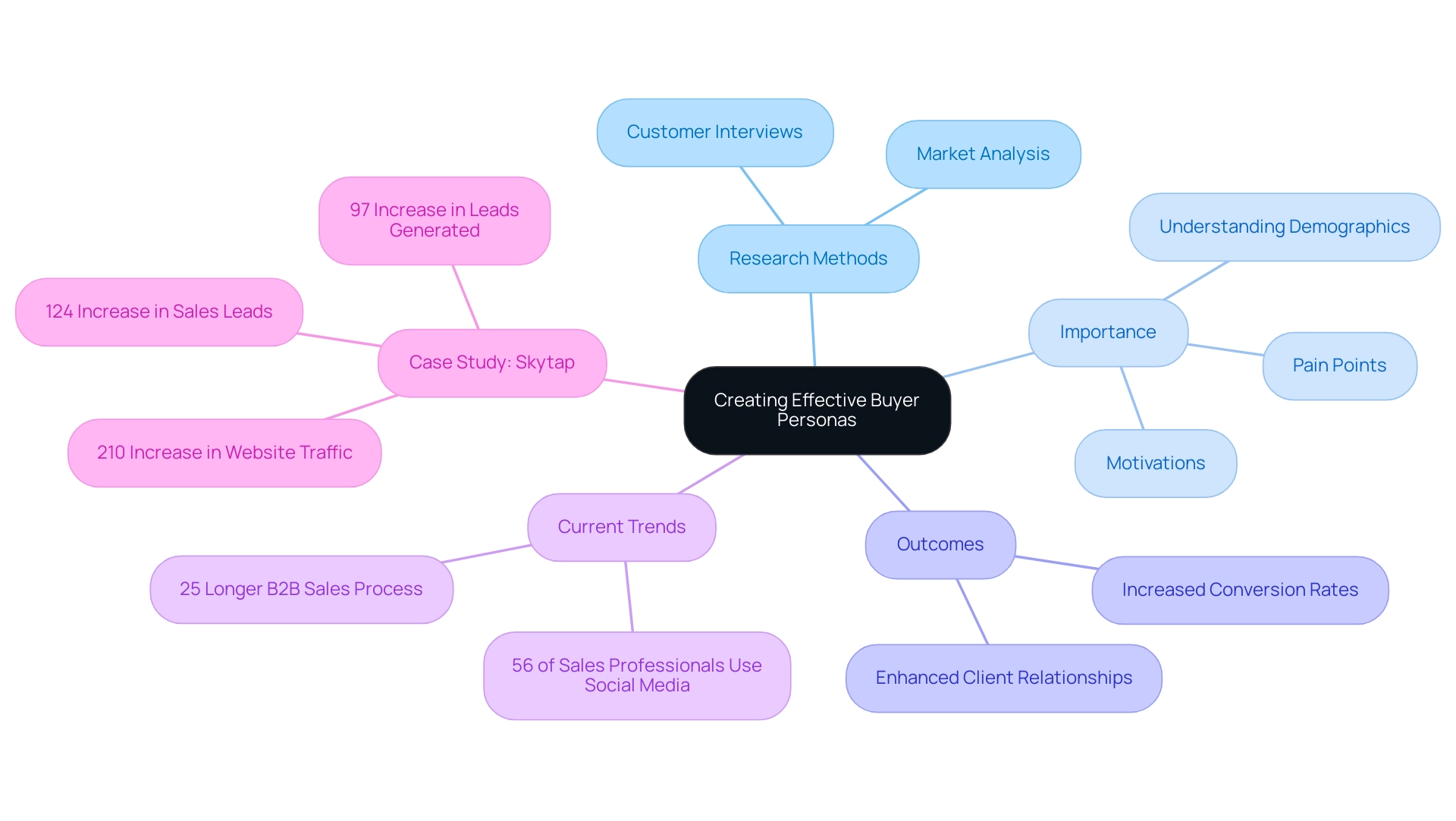
Leveraging content marketing for lead generation
In 2025, content marketing is more than just a strategy; it’s a vital pillar for successful inbound sales, helping to attract potential customers through valuable, relevant content. We understand that as a business owner, your daily challenges can feel overwhelming. Focusing on high-quality outputs like blog posts, e-books, webinars, and videos that truly resonate with your audience’s needs can make a significant difference. By optimizing this content for search engines, you can enhance your online visibility and drive meaningful traffic to your website.
Consider this: studies show that high-ranking pages attract more clicks, leading to increased organic traffic and better prospect generation. Sharing your content on social media not only sparks interest but also positions your business as a thought leader in your industry. As Andy Crestodina, Co-founder and CMO of Orbit Media Studios, wisely advises, “Fill your content with visuals. Include lots of contributor quotes. Embed a few videos. Make it long and detailed. Inject a few strong opinions. That’s what the social platforms do.” This approach ensures your content is engaging and effective in building connections with potential clients, enhancing your overall prospect generation efforts.
It’s clear that 55% of marketers prefer work-related content in the form of online articles, highlighting the crucial role of content marketing in inbound sales. Yet, many businesses face significant hurdles in generating prospects — often due to a lack of planning and understanding of their audience. Additionally, a substantial number of qualified opportunities may not be ready to purchase. By overcoming these challenges with effective content promotion techniques, you can greatly enhance your prospect generation efforts.
Moreover, with 48% of marketers pursuing professional training beyond their organization, ongoing education is essential for developing effective content marketing strategies. By implementing these strategies, you can look forward to not just an increase in client generation but also a stronger reputation in your market. Focusing on specific types of content that generate the most interest in 2025, such as interactive materials and personalized videos, can further boost engagement and conversion rates.
Remember that content marketing is a long-term investment. And it also requires consistency. But when it finally pays off, you’ll get high-quality leads that are more likely to engage with you and convert.
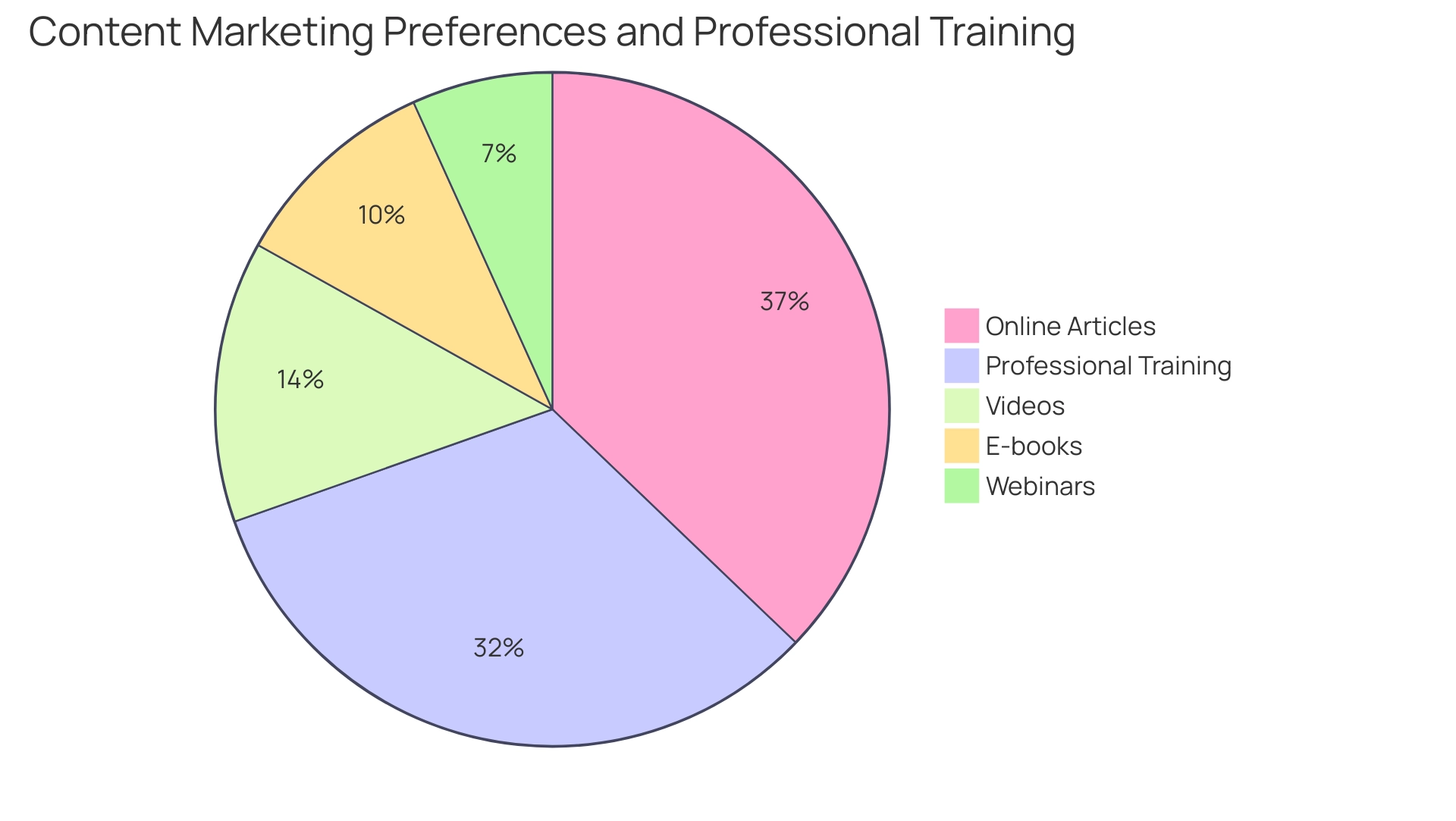
Nurturing leads through the sales funnel
To effectively cultivate prospects through inbound sales, it’s essential for companies to provide targeted content and communication that truly resonates with each potential customer’s current stage in their purchasing journey. We understand that navigating this process can feel overwhelming, which is why implementing multi-channel nurturing strategies is so important. This means leveraging email campaigns, personalized follow-ups, and retargeting ads. By supplying pertinent information that addresses potential objections, sales teams can build trust and gently guide prospects toward conversion in inbound sales.
Did you know that B2B buyers are 66% more likely to engage with personalized emails compared to generic messages? This statistic underscores the power of tailored communication. Furthermore, marketing automation tools, like Dashly’s conversational marketing and automation solutions — including chatbots and message sequences — play a critical role in streamlining this process. Dashly’s shared inbox and 30+ integrations allow marketing teams to launch omnichannel marketing campaigns and manage communication with leads from one inbox, ensuring timely and consistent interactions with prospects.
Additionally, Dashly offers robust user behavior tracking feature that allows to segment the audience, personalize your automated marketing campaigns and target right leads with relevant in-time offers. This not only raises your chance to convert a prospect but also nurtures their trust and loyalty to you. As email marketing specialist Skirmantas Venckus notes, a notable 48% of marketers believe their nurturing initiatives need improvement. Many companies face challenges in generating prospects for inbound sales due to a lack of strategy and insufficient audience insights, which can hinder their ability to nurture opportunities effectively.
By addressing these challenges and leveraging Dashly’s analytics to measure the success of nurturing campaigns through engagement metrics, businesses can enhance their nurturing effectiveness and ultimately increase conversion rates throughout 2025. The continuity of interactions facilitated by Dashly ensures that every message is informed by the individual’s history and preferences, which enhances the overall service experience. Remember, you’re not alone in this journey; there are practical solutions available to help you thrive.
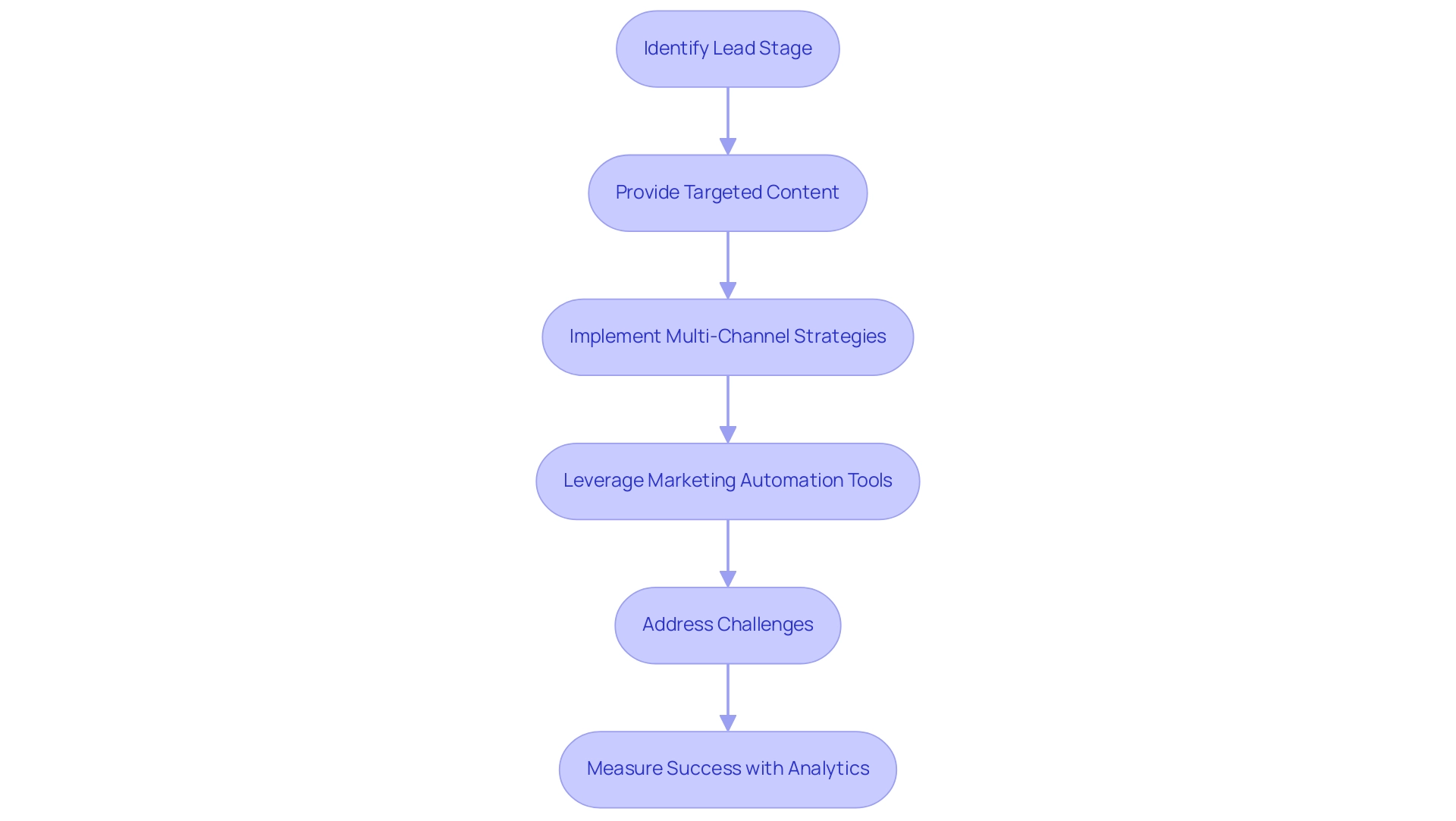
Optimize your funnel and generate more inbound sales with Dashly:
Measuring inbound sales success
To effectively gauge the success of inbound marketing tactics in 2025, it’s essential for companies to focus on key performance indicators (KPIs) that truly reflect their efforts in generating and converting prospects. You might find it helpful to monitor metrics like:
- Lead conversion rates
- Average deal size
- Acquisition cost
- Sales cycle length
One particularly telling metric is the Average Length of Client Lifecycle, which sheds light on client engagement and retention over time.
Imagine discovering that most of your clients stay engaged for an average of three years. This insight can be a game-changer for your retention strategies and marketing efforts. Understanding the length of this lifecycle allows you to spot trends in customer behavior and evaluate how effective your engagement and retention initiatives are, as highlighted in relevant case studies. By regularly assessing these KPIs, organizations can identify areas for improvement and refine their strategies accordingly.
This proactive approach ensures that your team focuses on high-value clients, ultimately optimizing performance and driving maximum revenue growth. As Anastasia Muha wisely notes, If a KPI no longer fits your goals, update it to keep things relevant and on track. This flexibility is crucial in today’s fast-paced market, helping to ensure that your plans remain aligned with your business objectives.
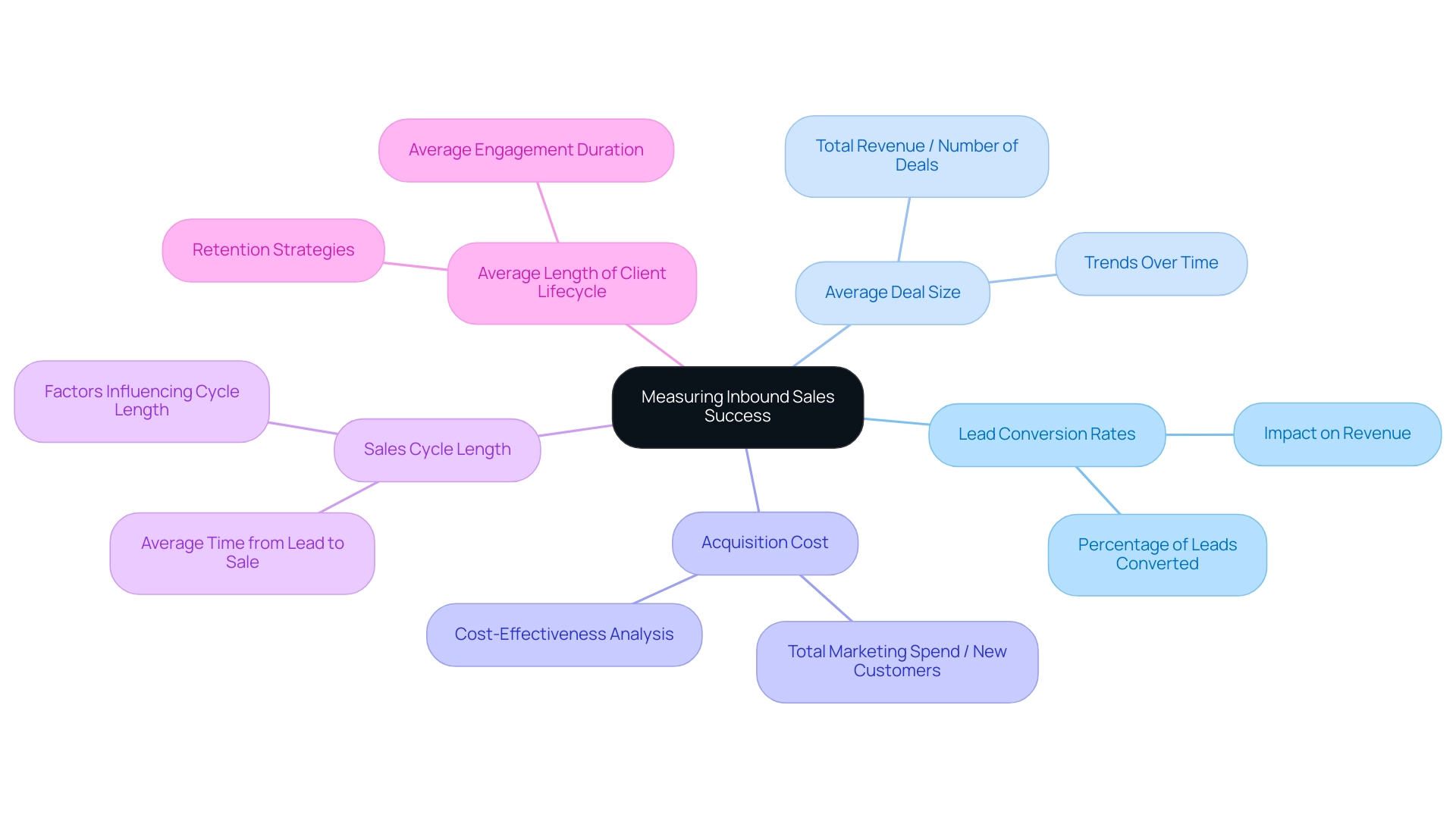
7. Overcoming Challenges in Inbound Sales
Inbound revenue strategies often face significant obstacles that many small business owners can relate to, particularly in areas like prospect quality, coordination between marketing and business development teams, and effective prospect nurturing. Did you know that over 60% of prospects are considered low quality? This statistic underscores the importance of fostering clear and consistent communication between departments. By establishing a well-defined scoring system, teams can better identify high-quality prospects, allowing them to focus their efforts where they can achieve the best results.
Investing in comprehensive training for your team is another vital step. It equips them with the skills necessary to navigate the complexities of buying committees — an essential consideration as these committees continue to grow and evolve.
Regular feedback loops between teams are crucial for maintaining alignment on shared goals and strategies. As Carole Mahoney insightfully states,
Selling isn’t just about selling anymore; it’s about genuinely solving problems for your buyers, building relationships, and gaining trust.
This perspective highlights the importance of creating opportunities through personalized engagement, which can be enhanced by leveraging advanced technologies like intent data.
For instance, a case study on email optimization revealed that personalizing subject lines and including CTA buttons can boost email response rates by 30%. Intent data enables sellers to identify when prospects are actively researching or showing interest in their offerings, facilitating timely and relevant outreach. By proactively addressing these challenges, businesses can not only enhance their inbound sales performance but also drive sustainable revenue growth in 2025.

Conclusion
Embracing inbound sales strategies is essential for small business owners like you, who are striving to create meaningful connections with potential customers. We understand that navigating the complexities of the buyer’s journey can be overwhelming. By prioritizing valuable content and personalized experiences, you can enhance customer satisfaction and foster those important relationships. It’s crucial to align your sales and marketing teams; this collaboration enables you to craft seamless customer experiences that drive engagement and conversion.
Creating effective buyer personas is a game changer in understanding your customers’ needs and preferences. This empowers your sales team to tailor outreach in a way that resonates. Leveraging content marketing not only attracts leads but also positions your business as an industry thought leader, reinforcing your credibility and appeal. As you nurture leads through targeted communication and multi-channel strategies, the importance of personalization becomes clear, significantly improving your conversion rates.
To measure the success of these inbound sales efforts, focusing on key performance indicators allows you to identify areas for improvement and refine your strategies. While challenges such as lead quality and team alignment may arise, a proactive approach that utilizes advanced technologies and data-driven insights can help you overcome these obstacles. By committing to these strategies, you can achieve sustainable growth and thrive in an increasingly competitive marketplace. Remember, the future of sales lies in adaptability and a deep understanding of customer needs—now is the time to take action and embrace these transformative practices.



![What is growth hacking and how it works [explained by experts]](https://www.dashly.io/blog/wp-content/uploads/2023/04/What-is-growth-hacking-and-how-it-works-explained-by-experts-720x317.png)


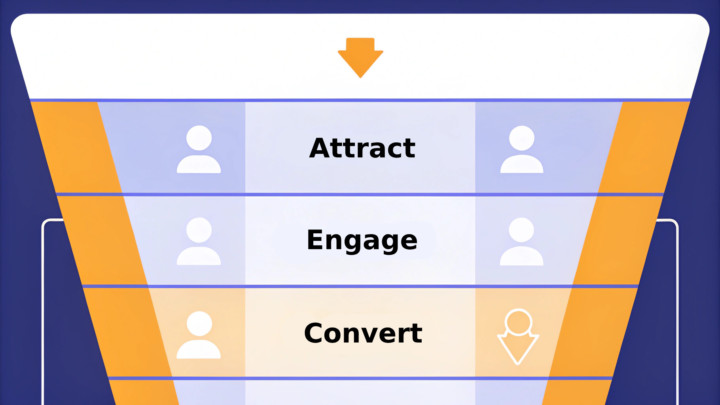
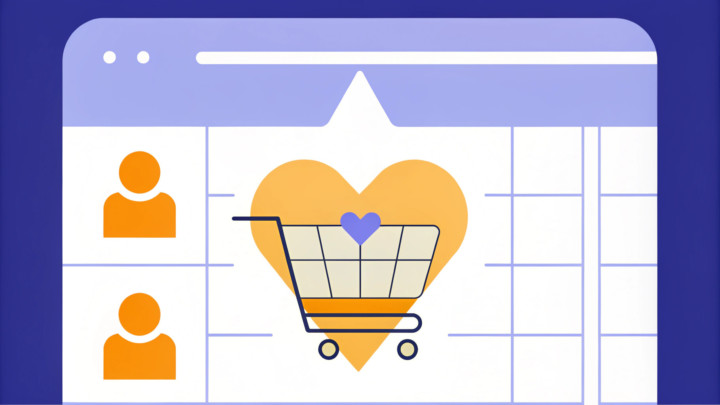
![Sales and Marketing Automation: How to align their workflow to 2x revenue [Dashly example]](https://www.dashly.io/blog/wp-content/uploads/2021/06/IMG_1074-1100x471-1-720x308.jpg)
